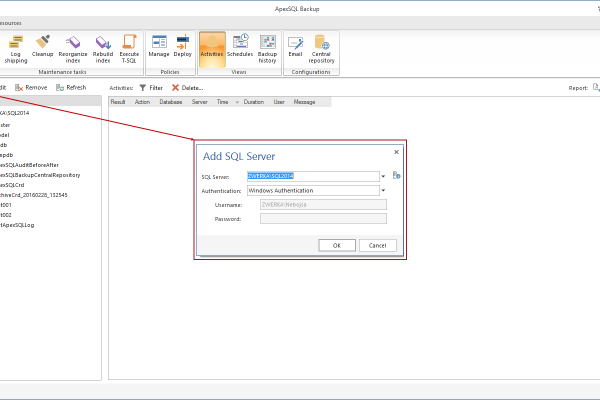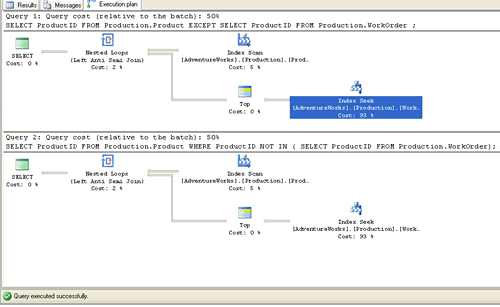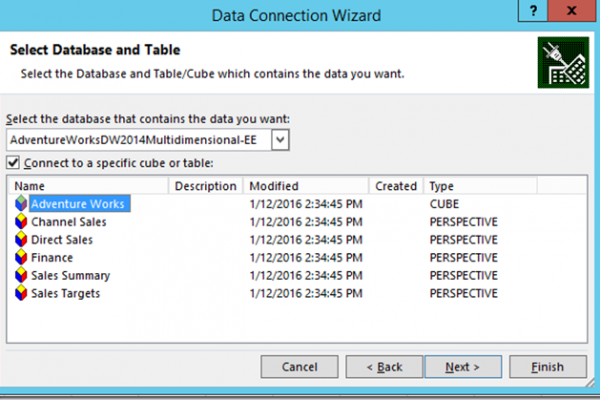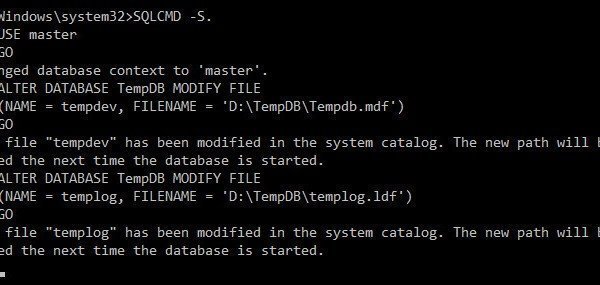There are so many configuration options in SQL Server that it is difficult to keep track of them. I was recently hit by one of such option and it took little time for me to figure out the place to change it. So sharing my findings about Rows Affected via this blog post.
SQL SERVER – Database Backup and Restore Management and Automation with ApexSQL Backup
ApexSQL Backup is a powerful yet simple tool for Microsoft SQL Server which represents a fully equipped command center for database backup and restore jobs management. It enables users to create and schedule backup related jobs (backup, restore, log shipping, index defragmentation…) and monitor all scheduled backup activities or overview complete backup history on multiple servers across the domain.
ApexSQL Backup is designed to create and work with native Microsoft SQL Server backups and databases, and supports all backup options which can be used in the SQL Server Management Studio and encompasses them in a simple and user friendly UI which revolves around simple wizards for each particular job.
SQL SERVER – Instance Definition Working with Oracle and SQL Server
During various conferences and user group Meetups I meet tons of new people who keep asking me on a number of topics that can sometimes be challenging for me. In a recent SQL Server Bangalore User Group chapter that I just bumped into an individual who had worked extensively with Oracle and was in transition to moving to SQL Server.
It was never a surprise for me meeting such people. Now this DBA asked me the fundamental difference with how instances are done in Oracle Vs SQL. And he was looking for my advice to when to use what. This was an interesting conversation and I wanted to pen down the same for your future references.
What are the Differences?
Interview Question of the Week #060 – What is the Difference Between EXCEPT Keyword and NOT IN?
Earlier this week, I had the opportunity to take many different interviews. Most of the DBA and Developers update their resume with various versions of the SQL Server. It seems like everybody had written SQL Server 2005 as one of their expertise. At this point of time, I remembered keyword EXCEPT which was introduced in SQL Server 2005 but not many people know about it. After interviewing, I realized that even after 11 years of release of SQL Server 2005 still most of the people do not know about EXCEPT keyword.
SQL SERVER – 2016 – Check Value as JSON With ISJSON()
I have been wanting to write about the various operators that govern to use JSON and my first shot has been with: SQL SERVER – Getting started and creating JSON using SQL Server 2016. That was like a primer and as I see the subsequent releases of SQL Server 2016 CTP’s, I see more capabilities have been added to this. One of the most important tasks to do is to access the value that is represented in a JSON document. In this blog, let me talk about one of the most important function that can be used to validate / address if the document entered in JSON or not with the help of ISJSON().
SQL SERVER – Boosting User Experience with Analysis Services Perspectives – Notes from the Field #116
[Note from Pinal]: This is a new episode of Notes from the Field series. When I was new to SSAS it took me quite a while to understand the various terminology of SSAS. The reason for the same was, I was from networking background and not familiar with many of the analytical terms. I am sure if you are not familiar with SSAS the very first line of this blog “Analysis Services Perspectives are a feature that enable the designer to control which portions of the data model are exposed to the users.” may be confusing. It is alright if you are not familiar with the concept, the goal of this blog post is to understand what is perspective and how it helps user experience.
SQL SERVER – Free SQL Server Formatting Add-in
This article describes the ways in which you can format SQL code using ApexSQL Refactor features and options. Let us learn about SQL Server Formatting Add-in.
SQL SERVER – How to Start SQL Server Service Without tempdb?
Before I start explaining the situation, I got into while experimenting with the SQL Server instance on my machine, let me air a word of caution – Please DONOT try this on your production environments. Unless you want to grab unwanted attention from your seniors, this is not something I would want you to ever experiment. In a recent configuration change on my local instance, I was facing an unique issue as I was standing in front of an audience for a SQL Server based session. Rarely does it happen that I get into Murphy’s law of demo not working in front of an audience because I carry multiple backups. Interestingly, this time when I tried to connect to the SQL Server using SSMS, it just refused to connect. I was completely taken aback and what happened after that is a different story about how to start SQL Server Service.








